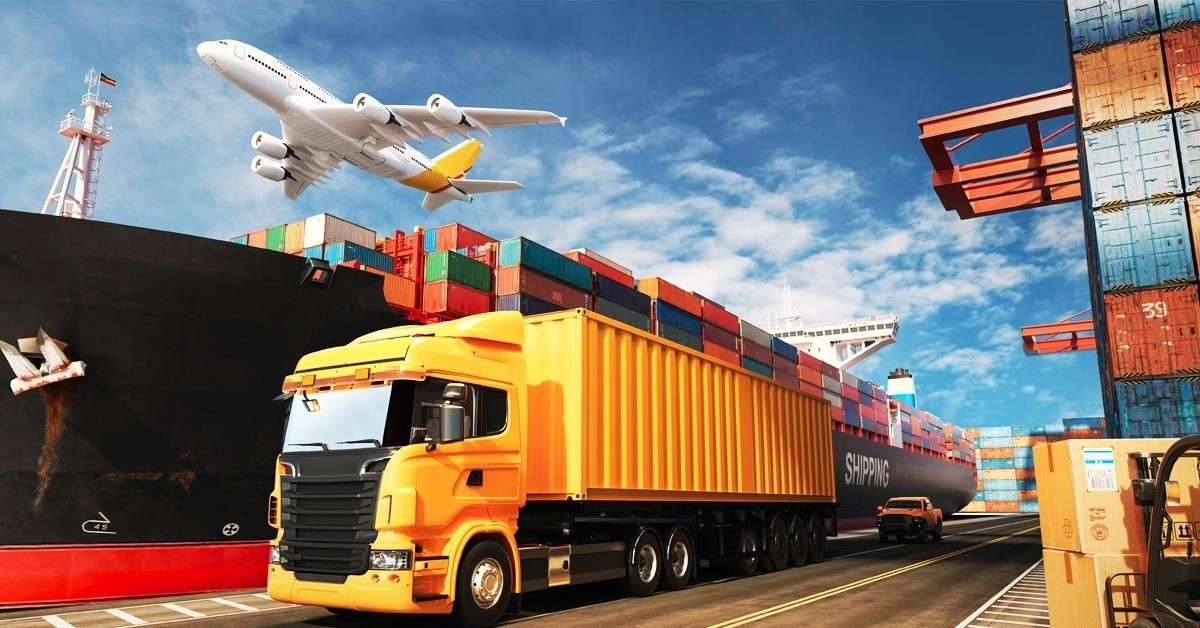India’s logistics sector is estimated to account for about 14.4% of GDP. The unorganised sector amounts to over 90% of the logistics sector. The average logistics cost per GDP among BRICS countries was 11%. However, in the case of India, the cost share per GDP was 14%.
India intends to raise its ranking in the Logistics Performance Index to 25 and bring down the logistics cost from 14% to 8% of GDP, leading to a reduction of approximately 40%, within the next five years.
These goals were set by the National Logistics Policy. This would guarantee the logistics industry acts as a growth engine and a major factor in upgrading India to a USD 5 trillion economy.
The government has initiated various steps to boost the logistics sector, such as follows:
• Logistics Master Plan: This initiative takes a geographical strategy as opposed to an industry approach. Several projects and activities will be integrated into the plan to expand the mix of intermodal and/or multimodal transportation. Coordinated construction of relevant infrastructure (gas and utility pipelines, optical fibre cable networks) is accordingly planned.
• National Logistics Policy: The proposed policy’s objective is to boost the nation’s economy and corporate competitiveness by establishing an integrated, seamless, effective, and cost-efficient logistics network that makes use of best-in-class tools, procedures and qualified personnel. The strategy will establish a single-window e-logistics market and emphasize developing skills, competitiveness, and employment for MSMEs.
• National Logistics Law: A national logistics law has been drafted and is under consultation. Through a unified legal framework for the paradigm of One Nation, One Contract, it would support the One Nation, One Market objective and provide a flexible regulatory environment (single bill of lading across modes). The law’s provisions will make it possible to assign a distinct logistics account number in place of cumbersome registration processes.
• National Multimodal Facilities and Warehousing: In order to promote intermodal and Multimodal Logistics Parks (MMLPs) as a separate class of infrastructure, the National Grid of Logistics Parks and Terminals is being planned.
• National Logistics Workforce Strategy: For the integrated skill development of professionals in the logistics sector, the government is developing a national logistics workforce strategy.
Building on the framework of skill development centres already in place, which are currently based on modes of transportation, it is planned to enable cross-sectoral exchange of ideas and best practices as well as create a workforce of professionals who will be the primary force behind the development of logistics in the nation.
The approaches include a coordinated effort to analyse and address present and future skill needs, mainstreaming logistics education and training in regular formal education from school through the post-graduate level, and introduction of a Certified Logistics Professional (CLP) scheme, and to incentivise the engagement of such professionals.
The industrial and logistic asset class is expected to outperform other real estate and Infrastructure asset classes in times to come. The sector has attracted investments of Rs 8,257 crore since the beginning of the year.
Considering that the share of organised sector is going to increase in logistics sector, companies with good management & strong vision will be good investment opportunities for investors.









